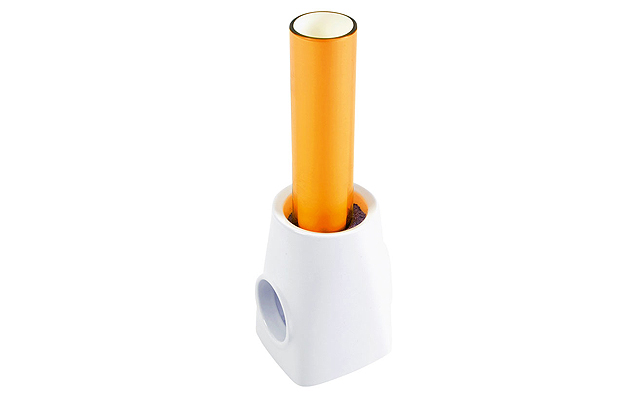|
|
||
|
Bold colour in architecture, especially in public buildings, can be a delicate matter. Designs that renounce the drab environments of modern life are reliable conversation starters and the further the exterior palette strays from mellifluous neutrality, the more heated the objections become. In 2005, the Italian Cultural Institute in Tokyo, designed by Gae Aulenti and finished in the brilliant red of traditional Japanese lacquer, raised a storm of protest. In a city with an architectural reputation of “anything goes”, colour can be a peculiarly sensitive topic. The Shimura branch of Sugamo Shinkin Bank, in an area of Tokyo known mainly as a gathering place for grandmothers, seems an unlikely vehicle to redress this. In fact, it is the third and boldest of the commissions that the bank has given to the French-born, Tokyo-based architect Emmanuelle Moureaux. All have involved the use of bright colour, an approach that has become the architect’s trademark, but delight rather than discord has been the result. The site, a typical suburban street of no particular distinction, led Moureaux to look skywards for inspiration. The building became a celebration of the harlequin soffit. “I decided to create a building where people naturally look up, in order to breathe and feel refreshed. I imagined the facade as a colourful mille-feuille with a lot of layers piled up to the sky.” The skyward orientation continues inside where, in a feat of technical virtuosity, three angled, elliptical voids sheathed in glass penetrate the upper floor, bringing glimpses of the sky deep into the lobby. This is the most ambitious realisation so far of Moureaux’s technique of layering chromatic planes to organise and animate space. She calls this approach shikiri: “cutting with colour”. It combines inspirations drawn from traditional sliding screens and the vivid advertising surfaces of contemporary Tokyo: “The colours and layers of Tokyo are the basis of my work,” Moureaux says. “I use colours in order to induce emotions.”
|
Image Nacasa + Partners
Words Julian Worrall |
|
|
||

















